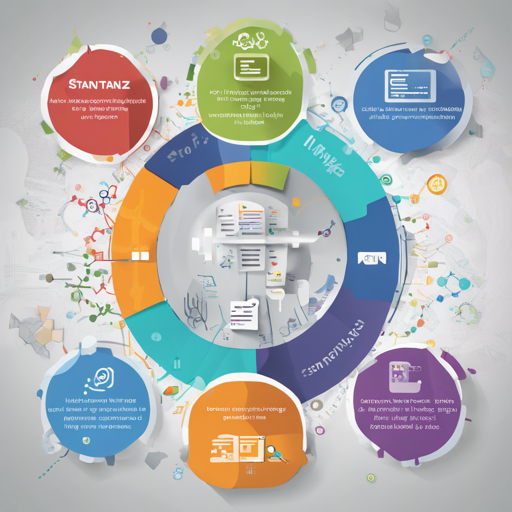Welcome to the world of Natural Language Processing (NLP) where understanding the nuances of human languages is just a few lines of code away. In this article, we’ll explore how to utilize the Stanza library for token classification. Buckle up as we embark on a journey through the linguistic landscape!
What is Stanza?
Stanza is an amazing collection of tools designed for the linguistic analysis of various languages. Think of it as your trusty Swiss Army knife for NLP tasks — from analyzing raw text to performing syntactic analysis and entity recognition. It brings state-of-the-art models right to your fingertips!
Setting Up Stanza
Before diving into token classification, you need to have Stanza up and running in your environment. Here’s how:
- Install Stanza via pip:
pip install stanzaimport stanza
stanza.download('en')nlp = stanza.Pipeline('en')Running Token Classification
Once you have Stanza configured, you can start running token classification on your text. Here’s how it works:
- Feed your raw text into the pipeline:
doc = nlp("Stanza is a great tool for NLP.")for sentence in doc.sentences:
for token in sentence.tokens:
print(token.text, token.ner)Astounding Analogy: Stanza as a Linguistic Chef
Imagine you are a chef in a bustling kitchen. Your job is to manage a myriad of ingredients (words) to create delicious dishes (meaningful sentences). Stanza acts as your kitchen assistant, providing you with everything you need to prepare the perfect meal. It identifies each ingredient, categorizes them, and presents them in a format that makes cooking (analyzing) a breeze! Just like a great dish requires the right ingredients and techniques, effective NLP relies on accurate language models, and Stanza is that superb assistant you’ve been looking for.
Troubleshooting
If you encounter any issues while using Stanza, consider the following troubleshooting tips:
- Model Not Downloading: Ensure you have a stable internet connection. If there’s a hiccup, try running the download command again.
- Incompatible Versions: Check that your Python and Stanza versions are compatible. Upgrading to the latest version of Python can often resolve many issues.
- Unexpected Output: If you don’t receive the expected classifications, ensure your input text is properly formatted and doesn’t include unsupported characters.
For more insights, updates, or to collaborate on AI development projects, stay connected with fxis.ai.
Conclusion
Stanza is a powerful tool for getting the most out of language data. With just a few commands, you can analyze text, classify tokens, and gain insights that would otherwise take hours to decipher. So, get started with Stanza today and elevate your NLP projects to the next level!
At fxis.ai, we believe that such advancements are crucial for the future of AI, as they enable more comprehensive and effective solutions. Our team is continually exploring new methodologies to push the envelope in artificial intelligence, ensuring that our clients benefit from the latest technological innovations.
Further Information
For a comprehensive understanding of Stanza, visit the official website or check out the GitHub repository. Happy coding!

